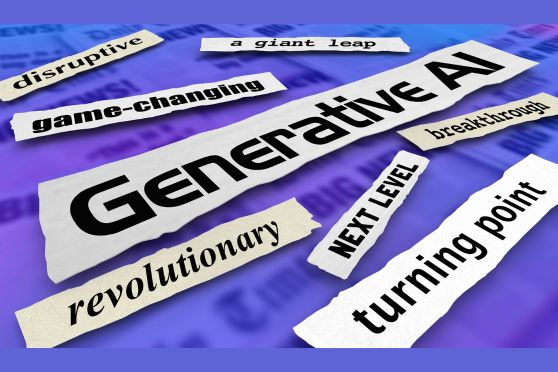The Rise of Generative AI in Design: Innovations and Challenges


The advent of generative artificial intelligence (AI) is revolutionising the design realm, offering unprecedented capabilities and ushering in a new era of creativity and efficiency. Generative AI refers to algorithms that can create new content, such as images, designs, stories, solutions and even entire systems, based on input data and learned patterns. This transformative technology is not only augmenting the creative process but also posing significant challenges that need to be addressed to fully harness its potential.
Innovations in Generative AI for Design
Generative AI's most notable innovation lies in its ability to generate novel and complex designs that might be difficult for humans to conceive unaided. By leveraging vast amounts of data, these algorithms can produce intricate patterns, structures, and compositions that push the boundaries of traditional design. For instance, tools like GANs (Generative Adversarial Networks) and VAEs (Variational Autoencoders) can create new solutions and innovative designs by learning from large datasets of existing works.
One prominent application of generative AI is in the realm of graphic design. AI-powered tools can generate unique logos, layouts, and branding materials tailored to specific guidelines and aesthetics. This not only speeds up the design process but also ensures a high degree of originality and customisation. Adobe's Sensei, for example, integrates AI to assist designers in tasks ranging from image enhancement to content creation, significantly boosting productivity and creativity.
In architecture and industrial design, generative AI is being used to create optimised structures and products. By inputting parameters such as materials, spatial constraints, and functional requirements, AI can generate numerous design alternatives that are both efficient and innovative.
Moreover, generative AI is enhancing user experience (UX) and interface (UI) design by analysing user behavior and preferences to create more intuitive and personalised digital interfaces. AI-driven analytics can provide insights into user interactions, allowing for the creation of adaptive designs that improve usability and engagement.
Challenges Posed by Generative AI
Despite its promising capabilities, the rise of generative AI in design is accompanied by several challenges. One significant issue is the question of authorship and originality. As AI generates content, determining the extent of human input versus machine creativity becomes complex, raising legal and ethical concerns about intellectual property rights and the ownership of AI-generated designs.
Another challenge is the potential for bias in AI-generated content. Since generative AI learns from existing data, it can inadvertently perpetuate existing biases present in the training datasets. This can result in designs that reflect or even amplify societal biases, posing ethical dilemmas for designers and developers. Ensuring diversity and inclusivity in training data is crucial to mitigate this risk.
The integration of generative AI into the design workflow also necessitates new skill sets for designers. Traditional design education may not fully equip professionals with the technical knowledge required to effectively collaborate with AI tools. This calls for an evolution in design education, incorporating training in AI and machine learning alongside conventional design principles.
Furthermore, the overreliance on generative AI could stifle human creativity. This is my personal focus as a design educator. While AI can produce numerous design options, it might lead to homogenisation, where designs become variations of learned patterns rather than truly novel creations. Balancing AI assistance with human intuition and creativity is essential to maintain the uniqueness and cultural significance of design work.
Generative AI is surely transforming the design business by providing creative solutions while increasing efficiency. However, it also poses problems that must be overcome in order to fully fulfill its potential. By addressing concerns of authorship, bias, skill development, and originality, the design community can use generative AI to generate more meaningful, diverse, and unique creations. As this technology advances, its position in design is anticipated to grow more important, influencing the future of creativity and innovation.
About the Author: Dr Anand James Dev, Dean, School of Design, Vijaybhoomi University.